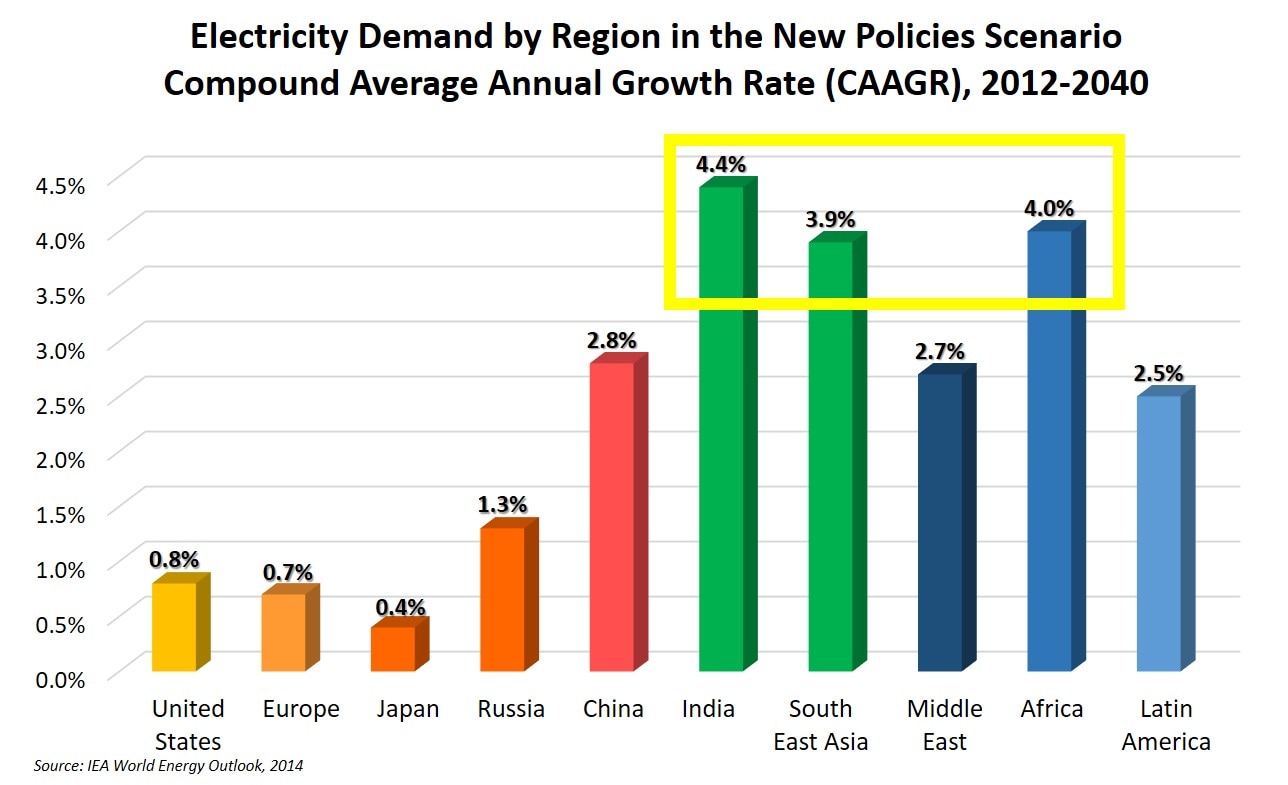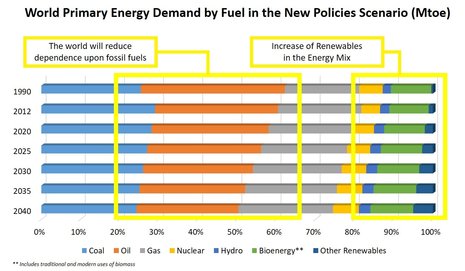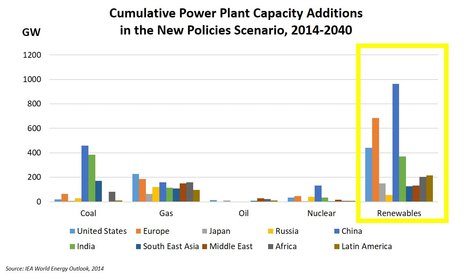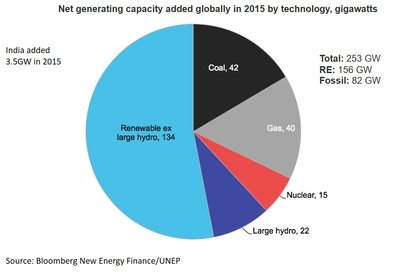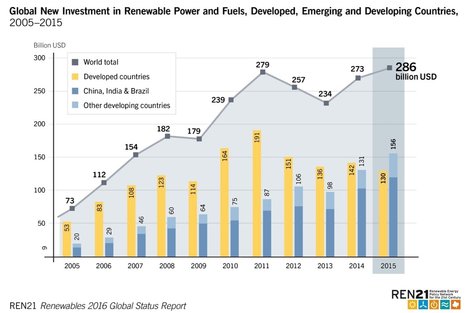Renewable Energy
electricity demand growth & TRENDS
Global energy demand will be about 30 percent higher in 2040 compared to 2010, as economic output more than doubles and prosperity expands across a world whose population will grow to nearly 9 billion people. According to EIA, the demand for energy does not show any signs of slowing down. India, South East Asia & Africa are regions with the highest electricity demand growth rate. Additionally, the world will reduce its dependence on Fossil Fuels and is increasing Renewables in the Energy Mix.
MAJOR Renewable Energy CAPACITY ADDITIONS
Renewable Energy will constitute the majority of power plant capacity additions moving forward and will overtake coal as the largest share of the world electricity generation in the energy mix. In 2015, this is already a reality whereby Renewables (excluding large hydro) accounts for more than half of the capacity additions.
Power Sector investment trends
|
From the investments perspective, Renewable Energy will be the largest investment share in the power sector which is projected to be worth a $7 Trillion investment opportunity according to IEA. With the recent ratification of COP21, the IEA has projected that the power sector will need to invest a Clean Trillion per year to achieve it's C02 targets. One country that is demonstrating this commitment is India with 3.5GW of Renewables capacity added in 2015 alone.
Many institutional investors are also divesting from fossil fuels and want to shift their funds into climate-friendly investments, particularly after the success of the COP21 agreement in Paris last year. |
Competitive Grid-Parity LCOE
One of the reasons for the rapid growth of renewable energy is due to its rapidly falling Levelised Cost of Energy (LCOE). The LCOE of Renewable Energy is already below the fossil fuel cost range and very competitive with coal power generation. Moving forward, the cost of fossil fuel power generation is expected to rise with carbon taxing and carbon capture, especially with the ratification of COP21.

